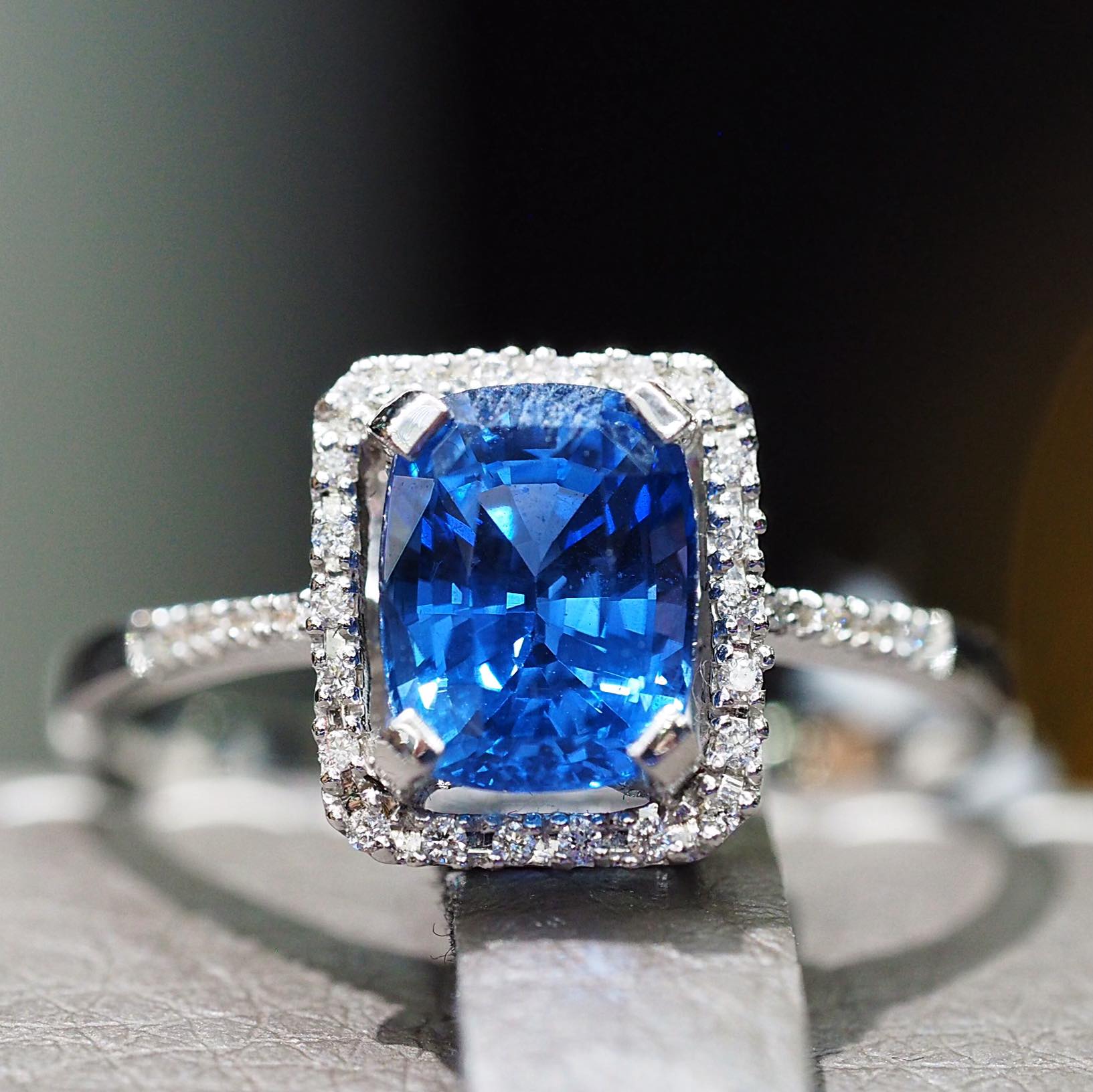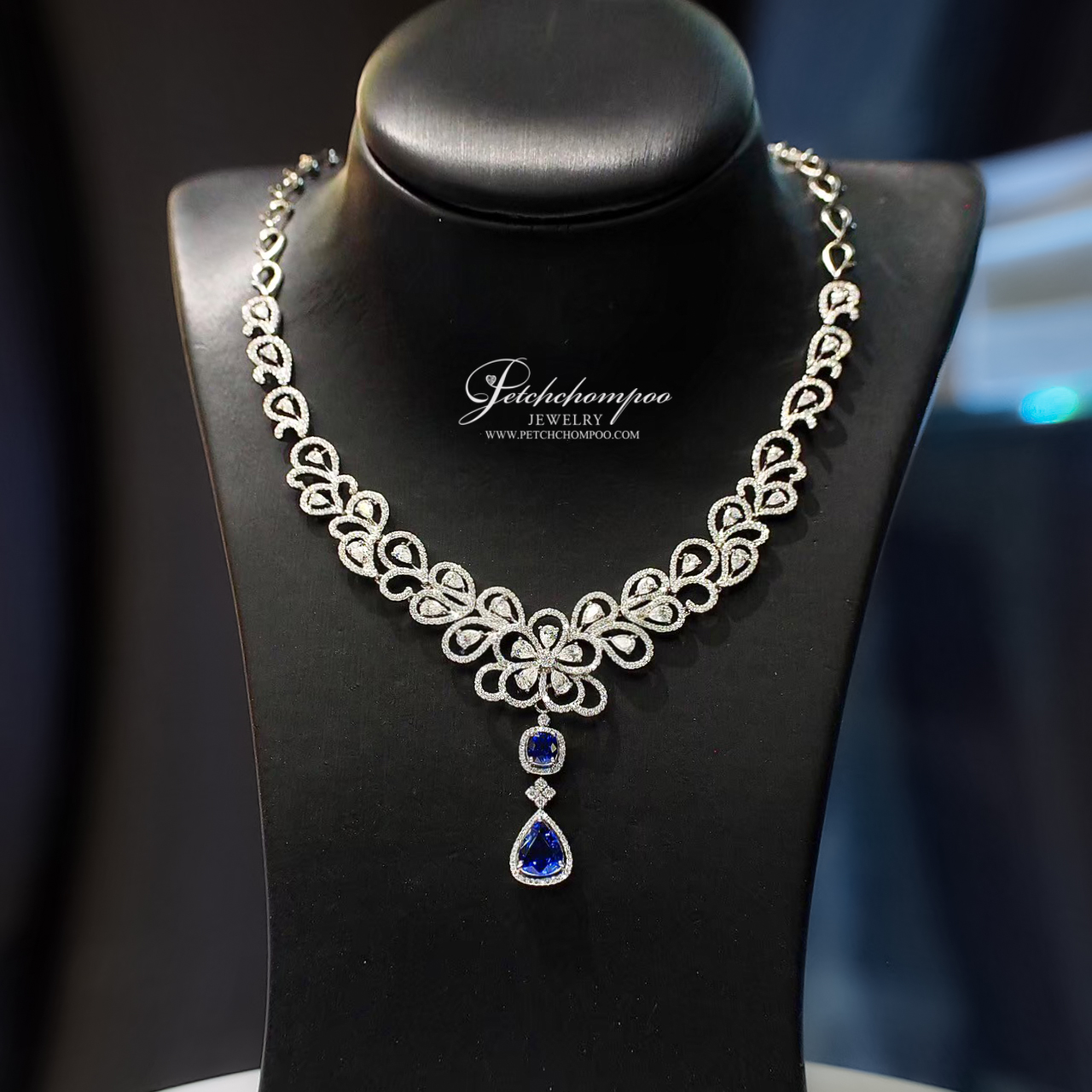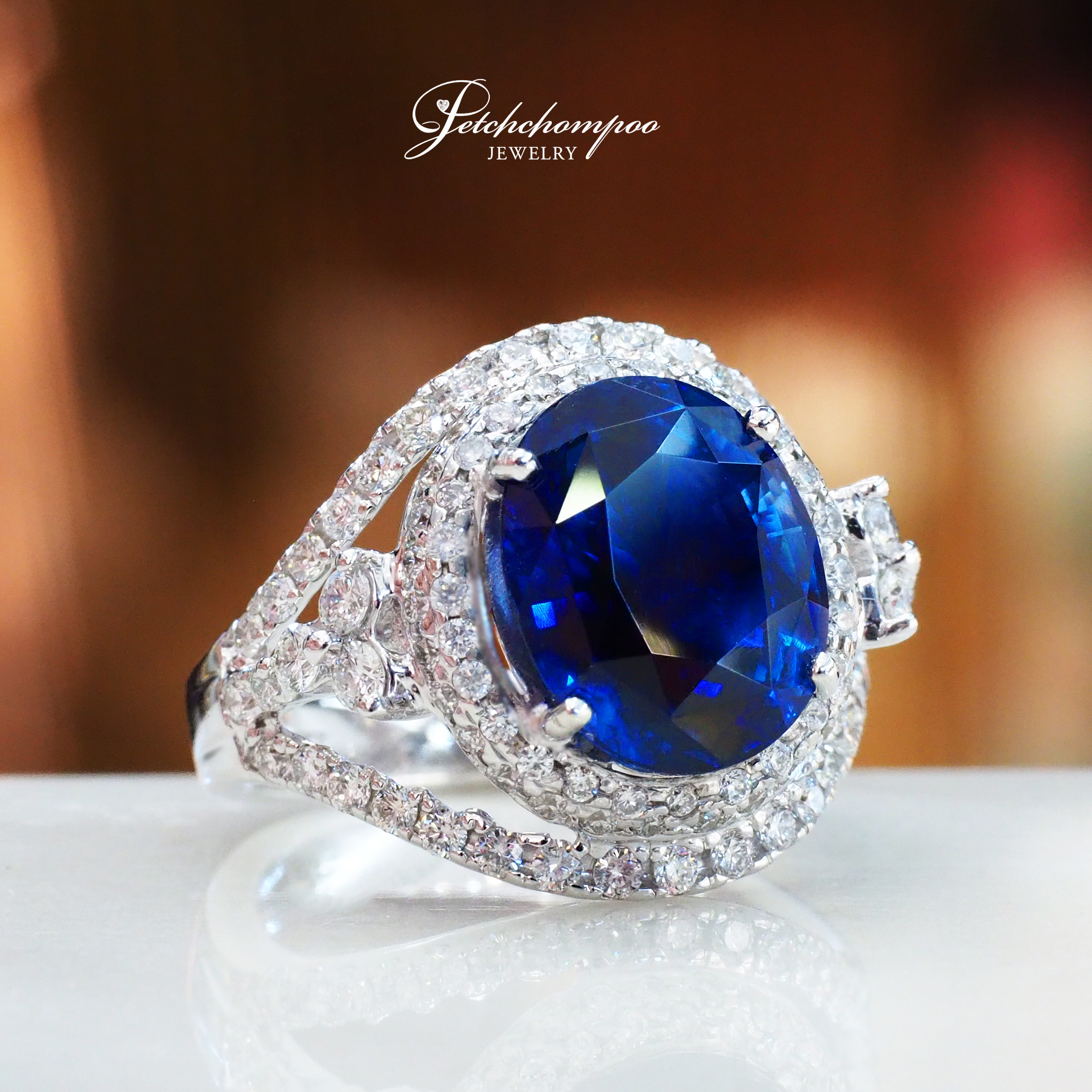What is a Ceylon Sapphire? How is it Different from Regular Sapphires? How to Choose One?
The blue gemstone, of course, everyone thinks of "Sapphire," right? At the same time, many people have heard the name "Ceylon Sapphire" before, leading them to wonder what it is and how it differs from regular sapphires. We will take you to find the answers, as well as share techniques for buying – how to choose one without being deceived. Don't miss this! It is sure to be useful to everyone.

Let's Get to Know Ceylon Sapphires
Ceylon Sapphire is a sapphire gemstone belonging to the corundum family, with a hardness level of 9 on the Mohs Scale, second only to diamond. It is durable and scratch-resistant. The countries where it is most mined are Myanmar and Sri Lanka. This type of sapphire has a light shade of blue due to the mixture of titanium and iron elements. It is also found in other colors such as light blue, greenish-blue, and dark blue. The most expensive and sought-after color in the market is vivid dark blue Ceylon sapphire with a slight purple tint.
Ceylon Sapphire and Beliefs
In the past, Ceylon sapphire was believed to be a gemstone of sacred spirits. In the era of the ancient Persian Empire, Ceylon sapphire was believed to be a symbol of the land and heaven. There was also a belief that wearing Ceylon sapphire jewelry could calm a restless mind. Sapphire is a gemstone that helps enhance luck in love, wards off evil, and even heals mental illnesses.

How is a Ceylon Sapphire Different from a Regular Sapphire?
Another question many people wonder about is how Ceylon sapphire differs from regular sapphire. The most obvious difference is the vibrancy of the color. Ceylon sapphire has a less vibrant color and a lighter tone compared to Burmese sapphire. However, when heated, it yields a vivid blue sapphire with a beautiful and captivating brilliance. This is because this type of sapphire comes from white sapphire rough with many tiny blue specks mixed in. But if a Ceylon sapphire turns light blue after heating, it will not be as expensive; this is called a "non-burnt" Ceylon sapphire.

Techniques for Choosing a Ceylon Sapphire: How to Buy Without Being Deceived
- Buy a Ceylon sapphire that has a vivid blue color, but not too dark or appearing too somber. Avoid very light colors.
- Be careful when choosing a blue gemstone, as it may not always be a sapphire. It could be a blue tourmaline or aquamarine.
- Choose a size that is in demand in the market for easy buying and selling, starting from 1 carat and up.
- The cut of the sapphire should result in a violet-blue or vivid blue face. If it has a greenish-blue hue or is distorted, it is not in demand in the market, and it is not recommended to buy it.
- Try to examine the internal inclusions with a 10x loupe to see if the inclusions are natural or synthetic.
- Examining inclusions requires a certain level of expertise. Buy Ceylon sapphires from a reputable and trustworthy store to avoid being deceived, especially if ordering online, where extra caution is needed.
Hopefully, all of this information will help everyone get to know Ceylon sapphires better: what they are, how they differ from regular sapphires, as well as the beliefs surrounding them and techniques for choosing one. In short, it's best to buy diamond and gemstone jewelry from a reliable store like Petchchompoo, a famous jewelry store selling genuine jewelry at fair prices, so you won't be deceived.